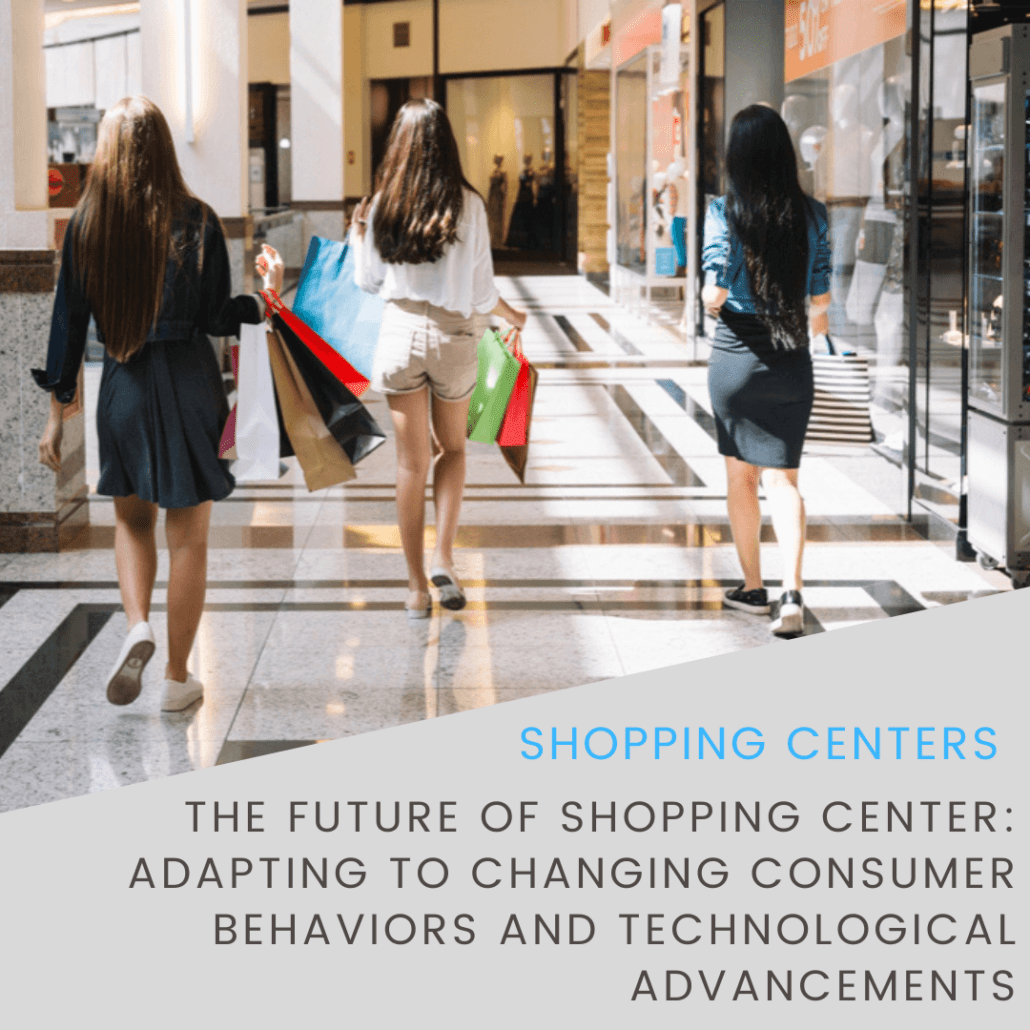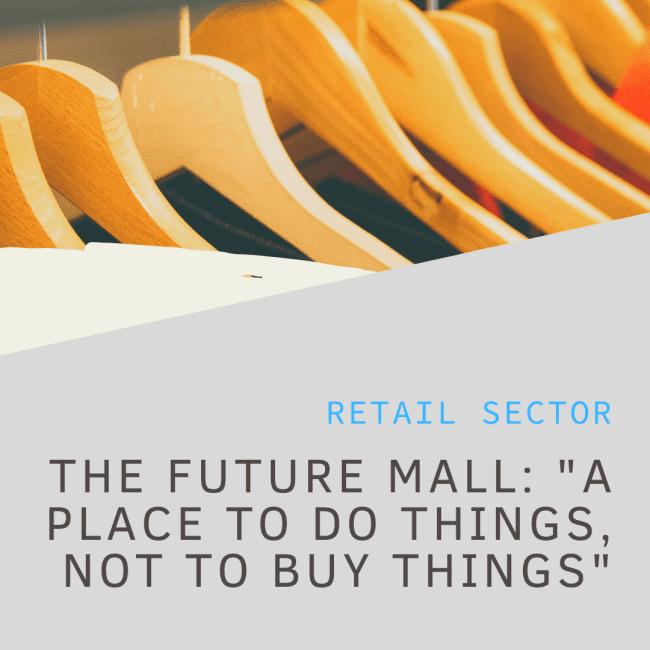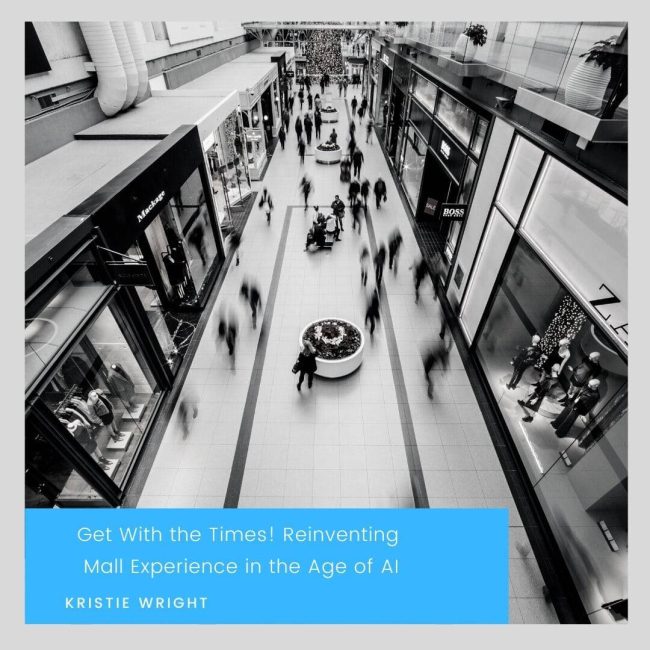Shopping centers have long been a staple of retail, providing consumers with a one-stop destination for a variety of shopping and entertainment options. However, the shopping center sector has been facing significant challenges in recent years due to changing consumer behaviors and rapid advancements in technology.
In this article, we will explore the future of the shopping center sector and how it is adapting to these challenges.
Changing Consumer Behaviors
Consumer behaviors have been evolving rapidly, and shopping centers have had to adapt to keep up with the changing demands of consumers. One of the key changes in consumer behaviors is the increasing shift towards online shopping. E-commerce has grown significantly in recent years, with consumers now having the convenience of shopping from the comfort of their own homes, and having products delivered to their doorsteps. This has resulted in a decline in foot traffic to brick-and-mortar stores, including shopping centers.
To tackle this challenge, shopping centers have been focusing on enhancing the overall shopping experience for consumers. Shopping centers are no longer just about shopping; they are now offering a wide range of experiences, such as entertainment, dining, and socializing, to attract consumers. Many shopping centers have incorporated experiential elements, such as interactive displays, virtual reality experiences, and live events, to create a unique and engaging shopping experience.
Shopping centers are also placing a greater emphasis on creating a sense of community and providing personalized experiences. They are leveraging technology to offer personalized recommendations, promotions, and discounts to shoppers based on their preferences and purchase history. Shopping centers are also focusing on creating a seamless omni-channel experience, allowing consumers to shop online and pick up their purchases in-store, or vice versa. This integration of online and offline shopping experiences is becoming increasingly important in the future of the shopping center sector.
Moreover, shopping centers are incorporating sustainable and socially responsible practices to appeal to environmentally-conscious consumers. They are implementing energy-efficient technologies, recycling programs, and sustainable building practices to reduce their environmental footprint. Shopping centers are also partnering with local communities and charities to support social causes and contribute to the well-being of the communities they serve.
Technological Advancements
Technological advancements have also been reshaping the future of the shopping center sector. Technology has disrupted traditional retail models and created new opportunities for shopping centers to evolve and thrive. One of the key technological advancements that is shaping the future of shopping centers is the integration of data analytics and artificial intelligence (AI) to gain insights into changing consumer behaviors and preferences.
Data analytics and AI are enabling shopping centers to collect and analyze vast amounts of data, such as consumer shopping patterns, foot traffic, and preferences. This data is helping shopping centers to better understand their customers and tailor their offerings accordingly. For example, shopping centers can use data analytics and AI to create personalized promotions, optimize store layouts, and forecast demand for specific products or services.
In addition, technology is also transforming the way consumers interact with shopping centers. Mobile apps, augmented reality (AR), and virtual reality (VR) are being used to enhance the shopping experience and create a seamless blend of physical and digital environments. For instance, shopping centers are using mobile apps to offer virtual maps, digital directories, and personalized recommendations to shoppers. AR and VR technologies are being used to create interactive and immersive experiences, such as virtual try-on for clothing and accessories, or virtual tours of stores and products.
Furthermore, technology is also being used to improve the operations and efficiency of shopping centers. For example, autonomous robots are being deployed for inventory management, cleaning, and security tasks. Automated checkout systems and smart shelves are being used to streamline the checkout process and reduce waiting times. Shopping centers are also incorporating smart building technologies, such as energy management systems and smart lighting, to optimize energy consumption and reduce operating costs. These technological advancements are not only improving the overall shopping experience for consumers but also helping shopping centers to operate more efficiently and sustainably.
The Future Outlook
Despite the challenges posed by changing consumer behaviors and technological advancements, the future of the shopping center sector looks promising. Shopping centers are continuously adapting and evolving to meet the demands of modern consumers and leveraging technology to enhance the overall shopping experience. Here are some key trends that are likely to shape the future of the shopping center sector:
- Emphasis on experiential retail
- Integration of online and offline experiences
- Personalization and data-driven insights
- Technology-enabled operations
- Focus on sustainability and social responsibility
Challenges of changing consumer behaviors
In conclusion, while the shopping center sector is facing challenges due to changing consumer behaviors and technological advancements, it is also evolving and adapting to meet the demands of modern consumers. Shopping centers are focusing on providing experiential retail, integrating online and offline experiences, leveraging data-driven insights, adopting technology-enabled operations, and prioritizing sustainability and social responsibility. The future of the shopping center sector looks promising, with continued innovation and adaptation to meet the evolving needs of consumers in the digital era. Shopping centers that are agile, customer-centric, and technologically advanced are likely to thrive in the changing retail landscape.







